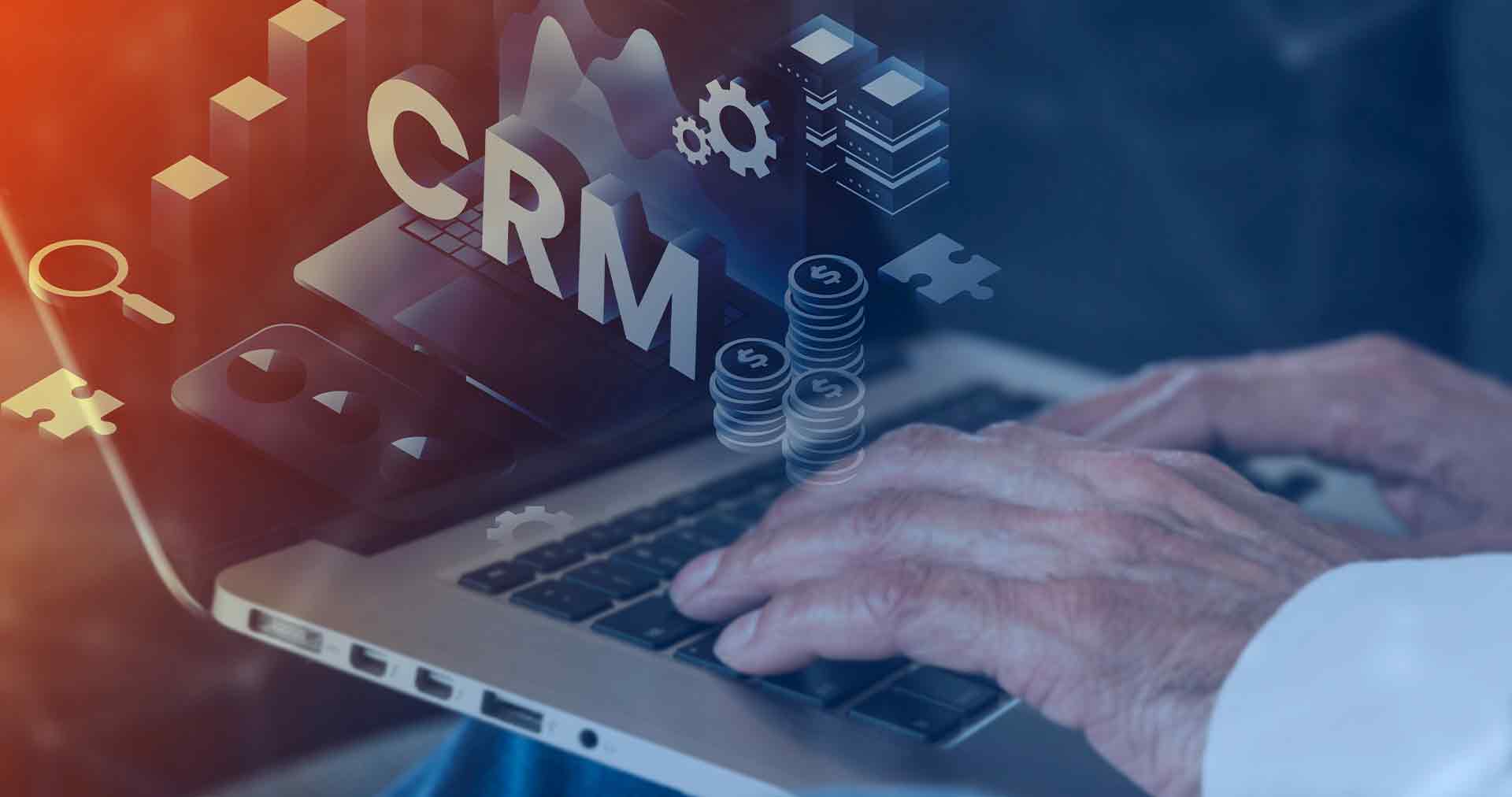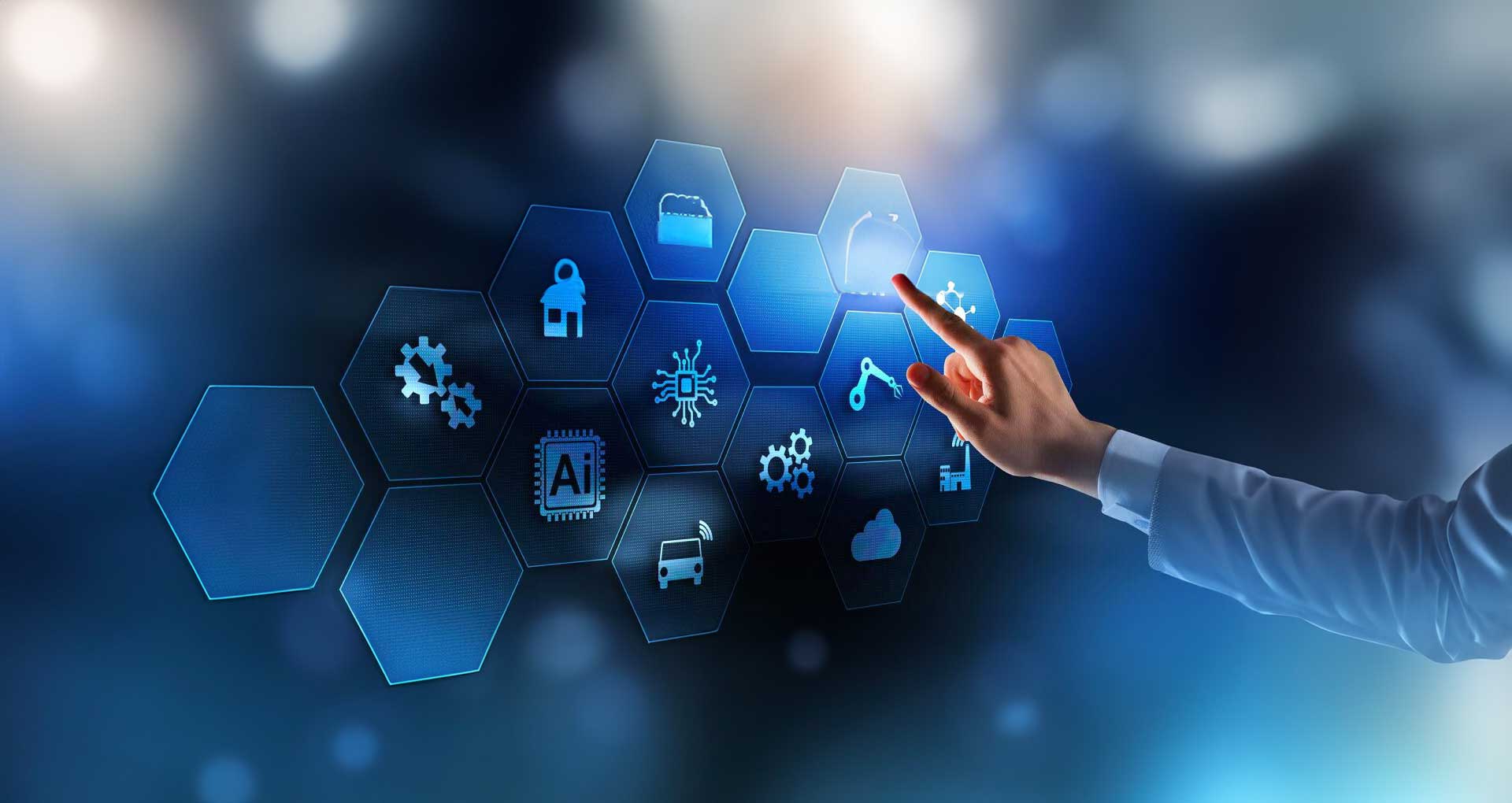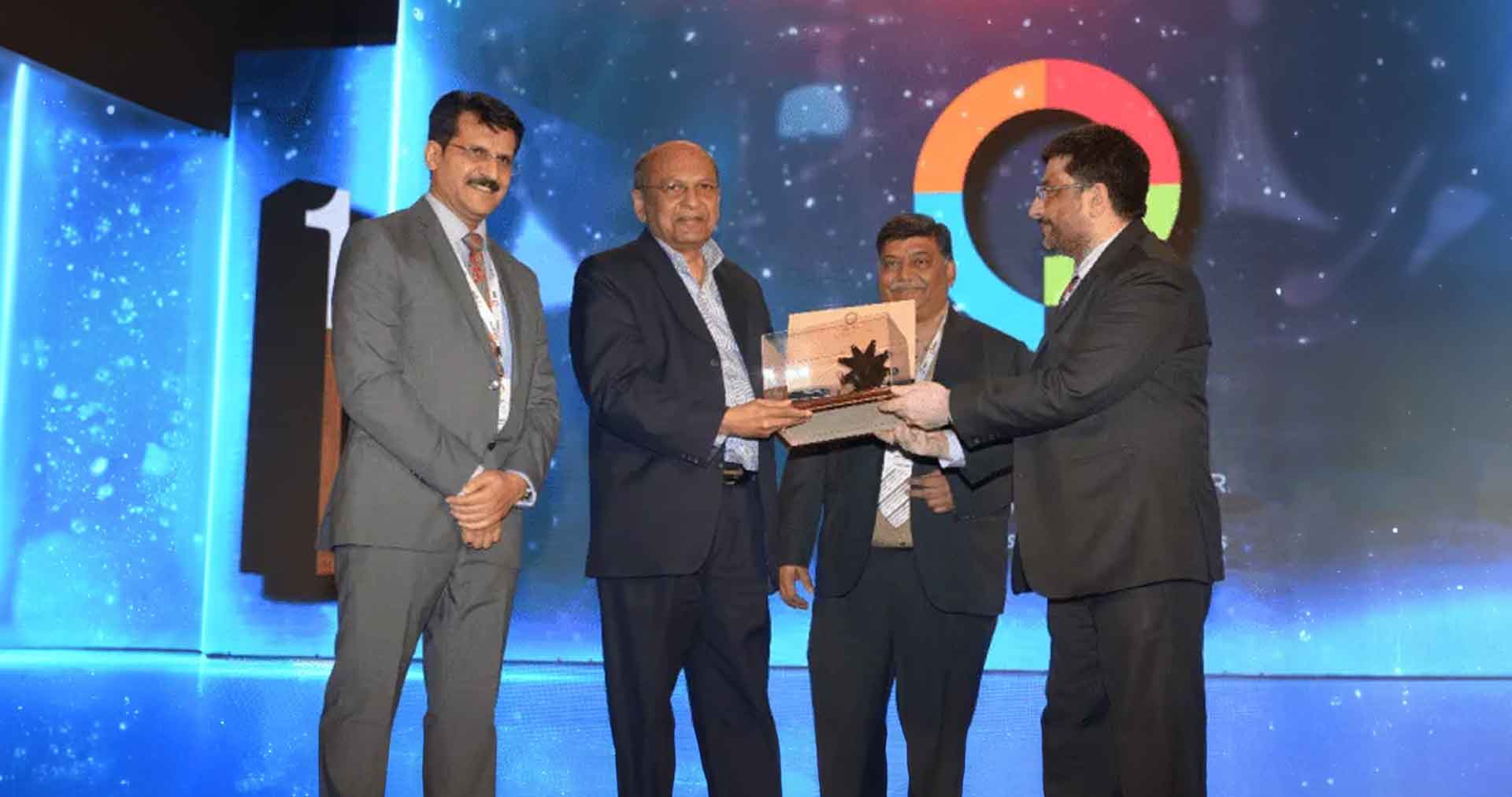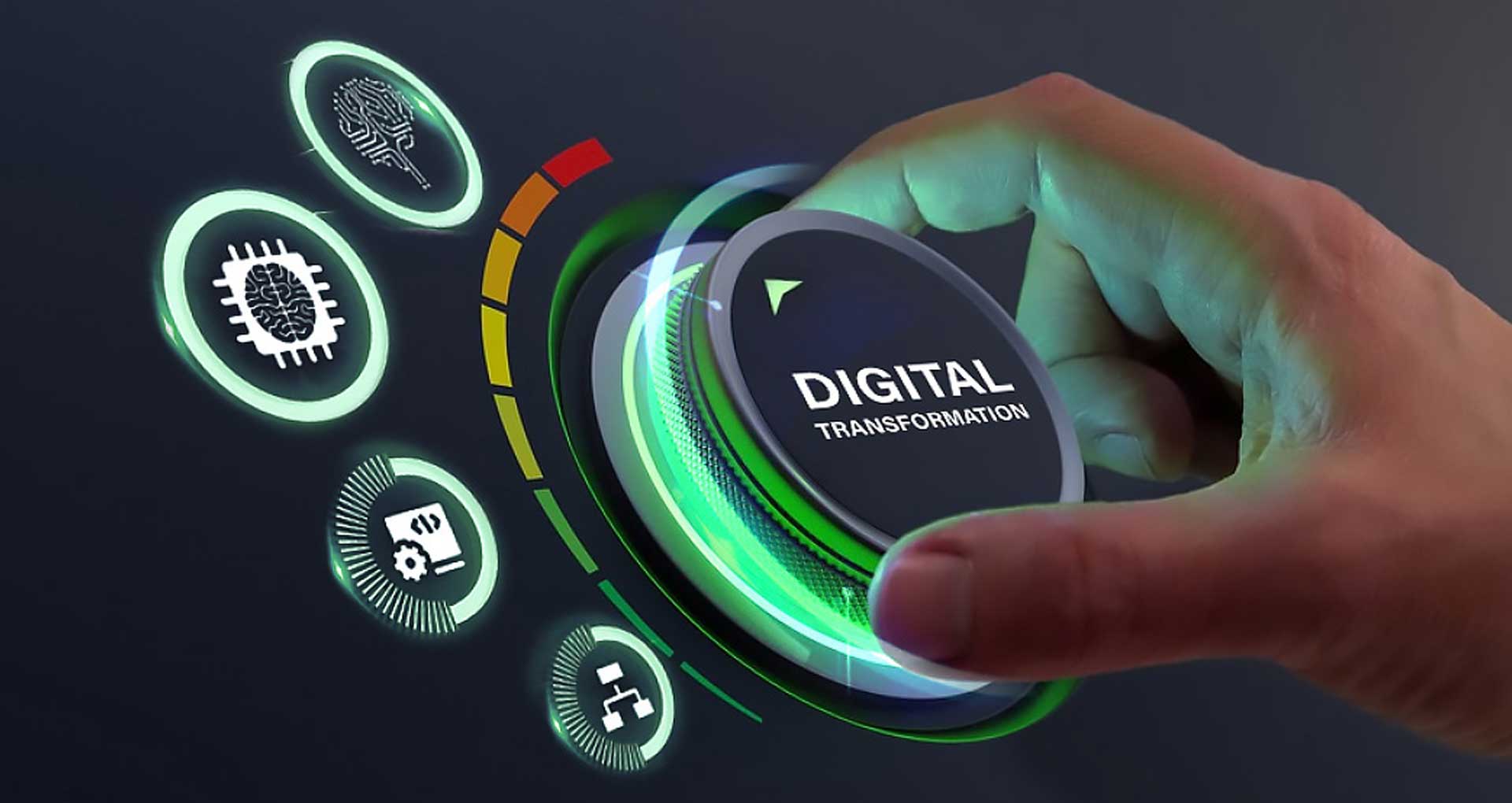Today, health-care organizations are looking for new means to increase their functional capabilities and reduce integration cost. Though for them, the integration of heterogeneous information systems has always been critical. Enterprise application integration (EAI) technology has emerged to facilitate systems integration, enhance the quality of services, and reduce associated costs. It helps overcome integration challenges across different levels, such as process and data.
Application integration plays an even more critical role in taking enterprise infrastructure forward. And while EHRs make up for just a small part of healthcare data sources, their merger is even more vital today to drive value-based outcomes.
Enterprise integration refers to all data across a healthcare organization and is not limited to clinical data. Additionally, the key characteristics that make up an effective enterprise-wide data integration system include:
- Full-fledged services delivery with the help of experts who manage complexity & standards across data sources
- A cloud-based platform that flexibly integrates any system, source or application
- Real-time data visibility
- Built-in security and compliance to keep patient data protected at source & in transit
Through this blog, we’ll try to explain the various facets of how collection and merging of data can help optimize processes and improve the patient experience. It is while focusing on evaluating factors that influence EAI adoption for the healthcare sector – benefits, possible challenges and more.More than 95% of hospitals today are EHR certified. However, EHR integration is still a challenge and hurts businesses – resulting in reduced efficiency and higher costs. Incorporating EAI helps integrate into bringing critical data together to help companies understand where they are headed. Organizations can also focus on developing flexible and sustainable IT infrastructure. As a result, EAI solutions are becoming even more critical to integrate systems at an inter & intra-organizational level.
Existing Technology-Driven Integration in Healthcare
- HL7 Base Integration
HL7 or Health Level 7 is a healthcare standard in USA that regulates integration, exchange, sharing and recovery of electronic data. A customized solution can put the challenges associated with integration to an end. - EDI X12 Base Integration
With EDI X12 Base integration, you can benefit from streamlining and automating communication across healthcare management systems by adhering to US-based EDI standards like EDIFACT, ASC X12, GS1/EAN/UCC and GS1-128 LABELS. - EHR Integration
EHR Integration is a critical part of integrated healthcare management. It helps you access electronic patient records and other structured information easily. By employing cloud technologies to host your EHR data, you can easily integrate it into your healthcare systems. - ERP Integration
It helps you enhance the quality of healthcare, operational efficiency and optimize back-end operations. A team of ERP integration specialists can help seamlessly integrate data. - MU2 Compliant Integration
With MU2 compliant integration, you comply to the meaningful use of data and measures for privacy & security of data. With a custom integrated system, you can upgrade your current EHR system to Meaningful Use Stage to so that you comply with standards. It will ensure that there is no disruption to your current workflow. - Healthcare Application Integration
An advanced healthcare application integration solution comprises complex integrations for health clinics, medical billings, e-prescriptions, radiology and various hospitals. However, a team of specialists can help design, deploy & test interfaces for all major integration platforms and application vendors. - RFID Data Integration
With RFID integration solutions, you can transfer data into healthcare applications to analyze, view, apply and present data to end-customer. When RFID and barcode technologies are smartly paired with healthcare apps, the result is optimized performance and seamless user experience.
Integration Challenges Identified Across the Industry:
- Managing Structured & Unstructured Data
Unstructured data includes physician notes, faxed documents and images. This information creates challenges with sharing and interoperability. It will continue to be a problem as large amounts of unstructured data will continue to be produced as healthcare systems grow. - Meeting Evolving Technology Needs & Increasing Data Volume
Processing large amounts of data would require investment in advanced systems and take further actions. - Mitigating Privacy Risks & Data Security
Reducing privacy risks and ensuring data security is becoming a more significant challenge for healthcare systems today. They play a huge role in protecting clinical data sources. However, as the systems integrate new applications, protecting this additional data becomes even more critical.
To reap the benefits of a distributed, modular system, organizations must consider investing in technologies that carefully address the associated factors with this architecture:
- Interoperability:
Different infrastructure components use various data formats, operating systems, and languages to prevent connection through a standard interface. - Seamless Data Integration:
A standard method of managing data flow across applications is essential for a modular, distributed function to ensure consistency across the database. - Stability, Scalability, Robustness:
These three elements are critical to integrate solutions and hold a modular infrastructure together.
Why does EHR Integration Play a Crucial Role Today?
Healthcare providers use EHR to extract data. While there are over 200 systems today, their integration is even more critical for companies to make data-driven decisions. New reforms are driving the adoption of EHRs even more critical. Additionally, the evolution of IoT, apps and wearables help with seamless data exchange.
Let us look at the Benefits of EHR integration:
- Improve Productivity of Healthcare Providers
With EHR integration, providers can digitize administrative work and the process of diagnoses. When a hospital implements this system, healthcare professionals and staff won’t need to waste time looking for patient files. Also, the integration offers 24/7 access to patient information, lowers transcription costs and optimizes appointment and billing schedule. This gives doctors more time to focus on patient care. - Increased Data Security
Critical patient data can be safely exchanged among patients and professionals. The information shared is securely recorded with increased privacy. With Electronic health records, you can assess medical records accurately. - Enhanced Patient Satisfaction
With a seamless flow of information, healthcare providers can be assured of improved care quality. Patients can easily monitor data and access health records that help them keep track of illnesses. On the other hand, the providers can easily access tests and reports that are provided to patients. Patients receive updated, accurate and comprehensive information. - Reduced Errors
EHR systems prevent errors in patient record-keeping and medical billing. The paperwork reduction reduces errors, testing duplication and decreases costs. - Current Essential Integrations
As part of the organizational mix, there is always a need for professional integration solutions across applications and systems, including:- Industry-specific software (like EHR, manufacturing execution systems), document management software, workflow automation apps, ERP (enterprise resource planning), SCM (supply chain management) tools, vendor portals, CRM, eCommerce solutions and more
- Legacy modernization for applications, in-house software, open-source software, COTS (commercial of-the-shelf) software, SaaS solutions and more
- Managing complexity from traditional systems to modern solutions based on IoT, cloud, machine learning (ML), artificial intelligence (AI) and big data technologies
Conclusion
Integration and customization play a crucial role on your organization’s growth plan. Enterprise Application Integration helps businesses get more out of their software investments. If you are a healthcare business owner and want to manage your operations better, EAI offers you the potential to take it to a new level. It is by leveraging the power of connected applications;
- Enterprise-wide data integrity
- User convenience
- Consistent and reliable workflows
As an offshore enterprise application development company, Rishabh Software has a strong experience developing custom applications and delivering comprehensive enterprise app integration services. Based on our experience across multiple industries (from manufacturing and retail to banking and healthcare), we can help define clear integration goals, create a robust integration strategy, and ensure orderly implementation. We combine best practices to support integration across platforms to provide central access to your data.











 30 Min
30 Min


